Gleneagles wants to be seen as playing ball when it comes to fighting the climate crisis.
It has set an aim of reaching net zero emissions by 2040.
To meet this target it must not be putting more greenhouse gases into the atmosphere than it takes out.
The managing director of Gleneagles, Conor O’Leary, is pushing for change.
“Hospitality has not been great (environmentally) and maybe Gleneagles could have done more,” he says.
“We were doing various initiatives, but bringing them together cohesively with an agreed target, direction and reasoning was where we felt we had a gap.”
Gleneagles’ director of sustainability, Mo Mands, was appointed in December 2023.
She is confident the company has what it takes to reach net zero.
“We have committed to 2040. That’s five years ahead of the Scottish Government and 10 years ahead of the UK Government”, she says.
“Ultimately, that will help the Scottish and UK governments to deliver on their overall net zero targets.”
Conor says that hiring Mo “is the first piece of the jigsaw” in the net zero journey.
His organisation owns the 850-acre Gleneagles Estate, Gleneagles Hotel, the Gleneagles Townhouse in Edinburgh, 11 bars and restaurants, and three golf courses.
In April the Scottish Government received backlash after it cancelled its 2030 aim of reducing annual emissions by 75%.
It is still targeting reaching net zero emissions by 2045.
But is Gleneagles making a rod for its own back by setting a similarly ambitious aim?
How is Gleneagles using short-term 2030 targets to reach its overall net zero aim?
Gleneagles hopes to reach its 2040 target with the help of several shorter-term objectives.
It has been working with the Carbon Trust to establish a 2024 baseline to measure these against.
Reaching net zero by 2040 will require a 90% reduction of all of Gleneagles’ emissions.
Gleneagles has also targeted a 42% reduction by 2030 in emissions produced both directly and indirectly by its operations.
“That’s all the fuel we use for heat, electricity, and transport,” says Mo.
“Seventy per cent (of emissions) is heating our building, 25% is electricity, and 5% is the fuel we use for our cars.”
The Gleneagles Hotel already uses 100% renewable electricity. All of its golf buggies and two estate vehicles also run on electricity.
“We’ve got LED lighting installed throughout and sensors and timers to help us to minimise our impact,” explains Mo.
“We’re looking at lots of different options because there is not one silver bullet.”
The remaining emissions are those Gleneagles is not responsible for, but that are produced when it uses produce from elsewhere.
Food production emissions are an obvious example of this.
By 2030, Gleneagles hopes to reduce these by 25% and food waste by 60%.
“Food production and consumption is believed to be responsible for a third of global emissions. And food waste in isolation is about 8-10% of global emissions,” says Mo.
“Prioritising local and seasonal producers and suppliers is a good step.
“From the autumn we will have this new tool that will help us measure the carbon footprint of our menu.”
How will Gleneagles tackle high-polluting travel methods used by its visitors?
Motorists and overseas visitors to the Gleneagles Estate can have a significant carbon footprint.
There are the golfers, high-spending spectators and tourists who fly by commercial or even private jets to Scotland.
“We’re aware that there is air travel, but it’s not something that we encourage or plan,” says Conor.
“Train is our recommended way to get here because once you’re here you don’t need a car anyway.
“We’ve tried to make sure they’ve been about bringing our people in through trains and park and rides.”
In her former role as Highland Water’s head of sustainability, Mo helped deliver a rail freight link at Blackford.
“Whenever anyone calls up to stay at Gleneagles we always ask them how they are travelling,” she says.
“We promote Gleneagles train station because rail is one of the most sustainable ways to travel.
“Journeys to and from Gleneagles train station have increased by just under 30% in the last year.
“We’ve got really good infrastructure in terms of charging for electric vehicles, so when our guests stay we can help them reduce their carbon footprint.”
A multi-million pound irrigation system has also been installed underneath the PGA Centenary Course.
Gleneagles says this has reduced power consumption and water use on the course by up to 30%.
It has also developed a partnership with the Forth Rivers Trust to map natural habitats and species on its estate.
What happens if Gleneagles fails to meet its 2040 net zero target?
Memories can often be short when it comes to mission statements and long-term environmental ambitions.
However, missing its 2040 target would – to a certain extent – cause reputational damage.
“Our planet is facing an environmental crisis,” says Mo.
“The latest science is clear that we need to reduce emissions at the pace and scale needed to avoid the worse impacts of climate change.
“We need to focus on the future, double our efforts, and really try protect that for future generations.
“We have a long way to go over the next 16 years. But we’re at the start of our journey and we’re very proud to be on that journey.”
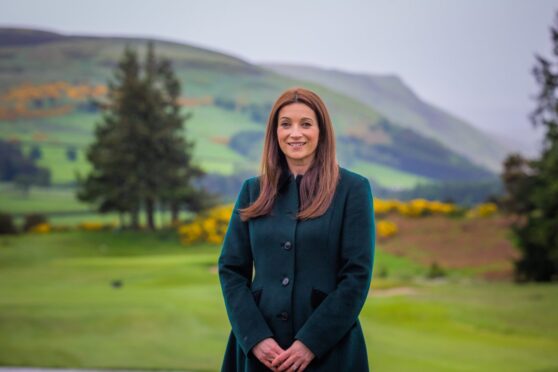
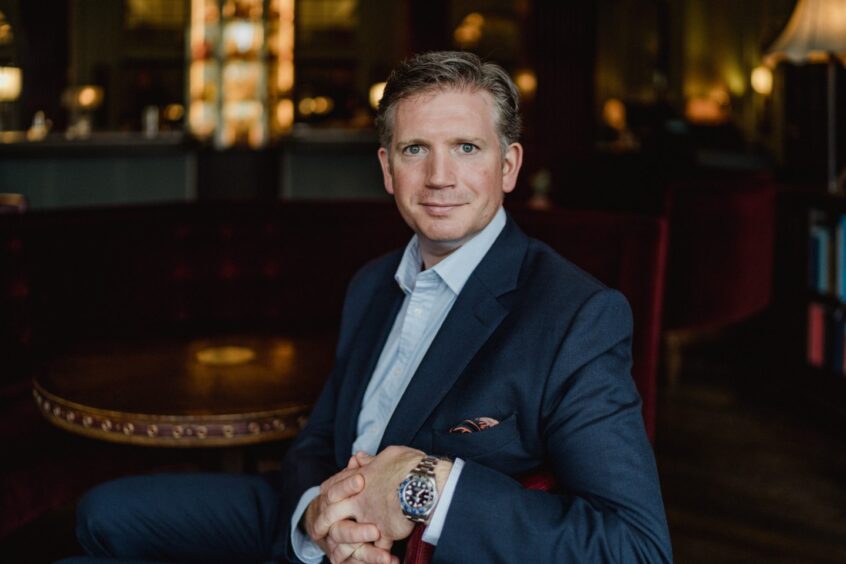
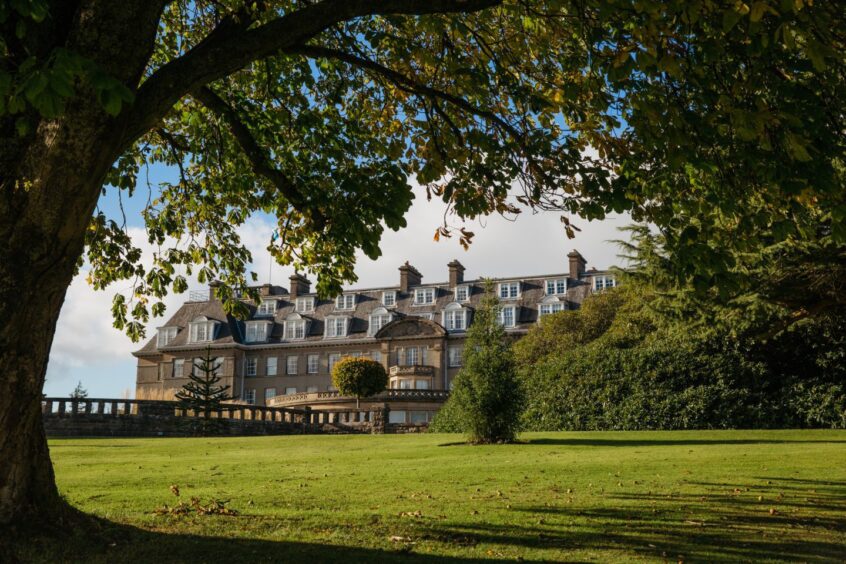
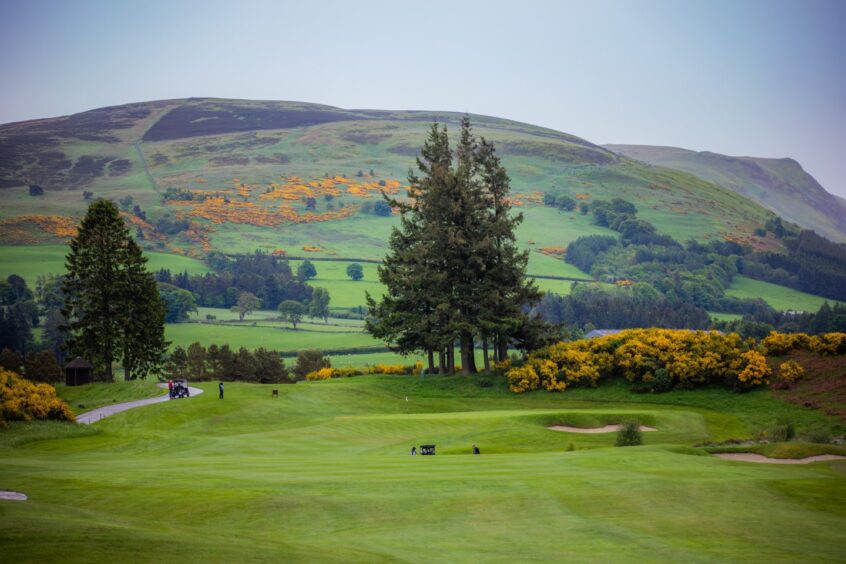
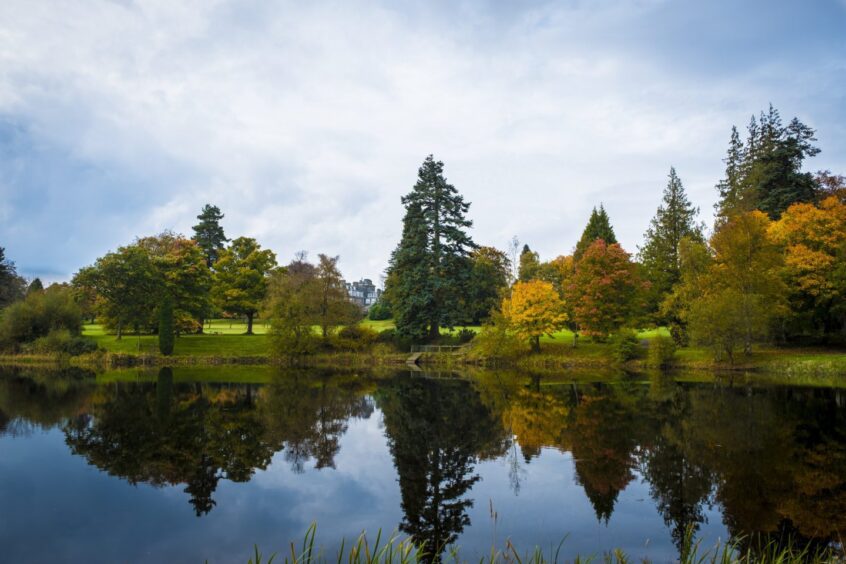
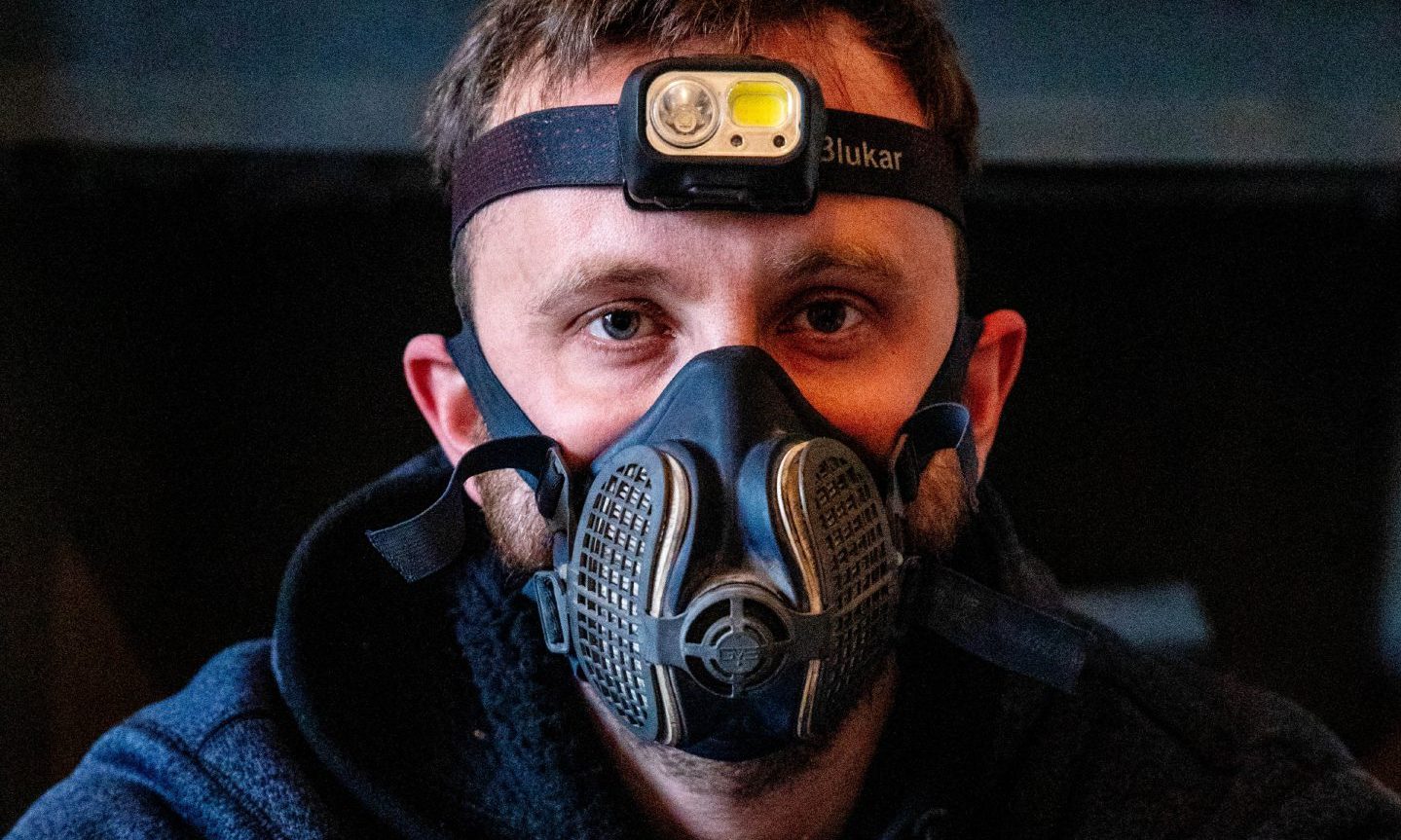
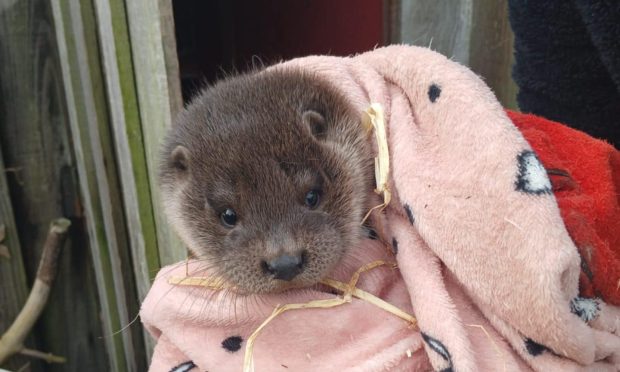

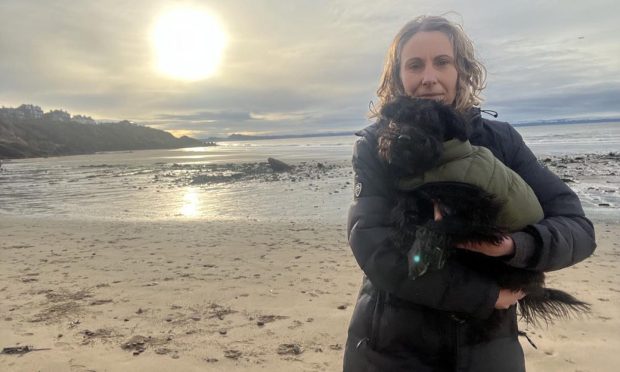
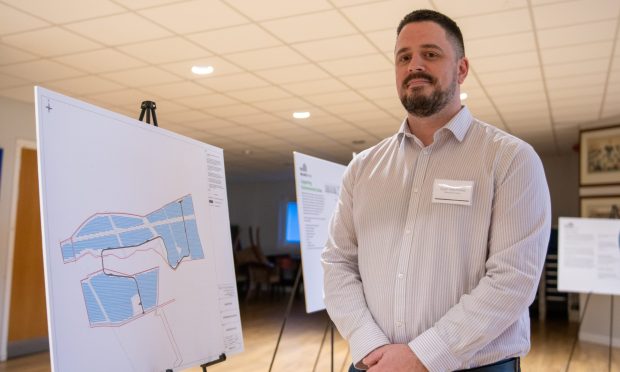
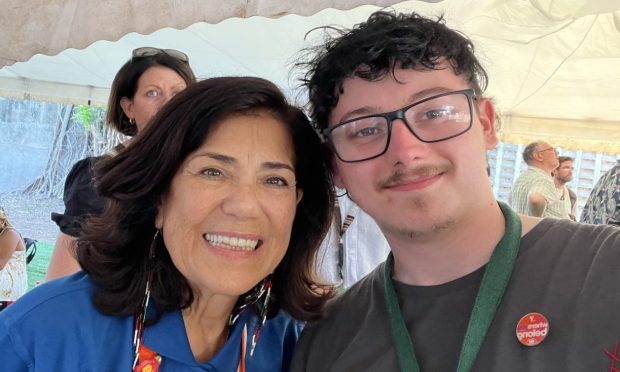
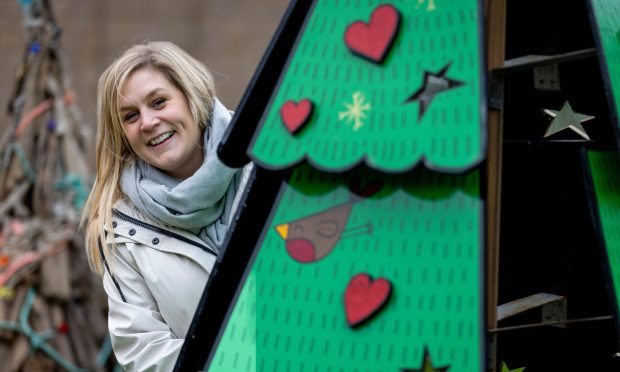
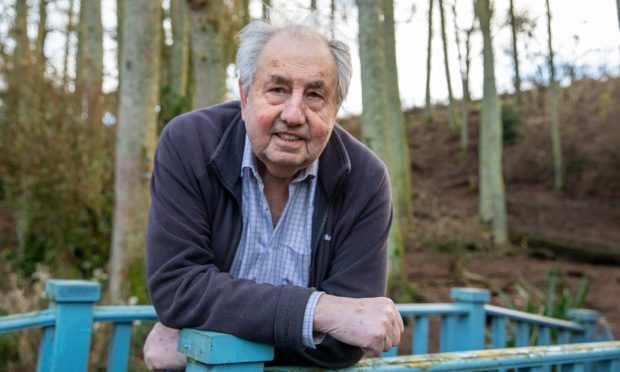
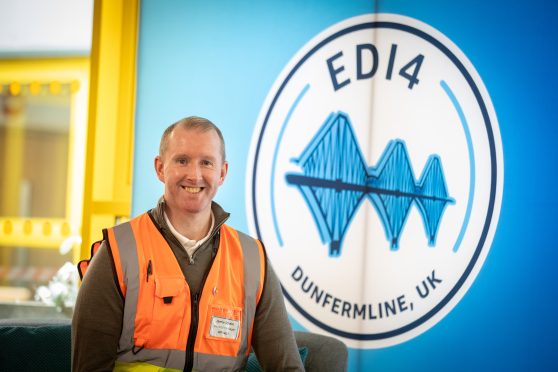
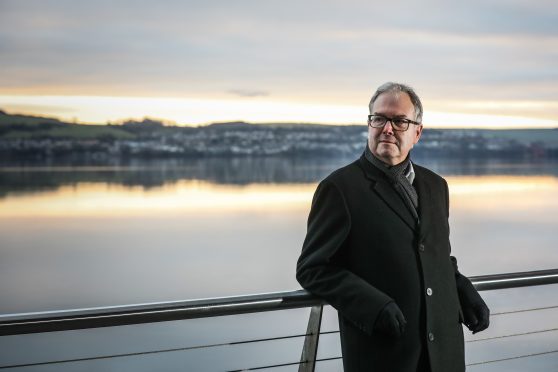
Conversation